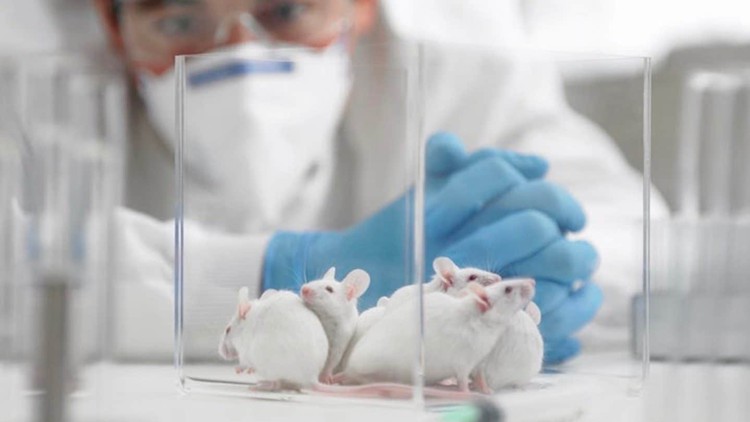
What you will learn
Students will learn about the Mice Strains,
Students will get to know the characteristics of different mice strains
Students will see the concepts of the Genetic Drift, and Breeding schemes for the Mice
Students will see the Recourses to be Used in the CRISPR/CAS9
Students will see the Targeted Alleles of the mice when we are using the CRISPR/CAS9
Students will also see Upcoming Future technologies for Gene Editing.
Description
Hi there!
I want to welcome you into this course on the Mouse Strain, Resources, and the Targeted Alleles in the Mice for the Working with CRISPR/CAS9.
This course is more than anything else a pre-CRISPR/CAS9 course where we will be learning about the things one needs to know to get started with this amazing technology.
First of all, we are going to see the Inbred Mouse Strain and why the Inbred mouse is such a good organism to study the humans where we will be learning some of the key features of the Mice strains.
After that, we are going to have a look at the Laboratory Mouse strain and we will also see how this incredible organism has evolved from the wild type of the species.
Then we will move on to the different types of the inbred strain where we will discuss the Standard and the Wild type of the inbred mice strain in detail and also some of their examples.
Afterward, we will see some of the Standard inbred Strain and we will also go into detail about each and every one of these strains where we will be learning about their uses and some characteristics.
Then we are going to see the Genetic drift and the Phenotypic Variations among different strains of the Mice.
Following this, we will go to the Mating Schemes for different strains of the mice and then the Recourses of the mice strains, and we will also see the needs due to which we genetically engineer a mouse,
Then we will go on to the different approaches of genetic engineering, the Forward, and Reverse Genetics.
Then we will give a shot to the Homologous recombination and the Homologous recombination In DNA Repair, and after that, the approach or the Donor Construct.
Finally, we will be moving on to the Targeted Alleles generations in the Mice when we are working with the CRISPR technology, where we will talk about different Selection Methods and then we will move onto different types of Targeted Alleles in mice.
And at the end, we will have a look at some Strengths and Limitations of the mice strain and some Next Generation Technologies also.
I hope you will enjoy the course!
Enroll Now!
Content